Item
Publication
(S)-3-(3,4-Dihydroxybenzyl) piperazine-2,5-dione (cyclo-Gly-L-DOPA or CG-Nio-CGLD) peptide loaded in Chitosan Glutamate-Coated Niosomes as anti-Colorectal cancer activity
- Title
- (S)-3-(3,4-Dihydroxybenzyl) piperazine-2,5-dione (cyclo-Gly-L-DOPA or CG-Nio-CGLD) peptide loaded in Chitosan Glutamate-Coated Niosomes as anti-Colorectal cancer activity
- Abstract
-
Background
Colorectal cancer (CRC), now the second most prevalent malignant tumor worldwide, is more prevalent in young adults. In recent decades, there has been progress in creating anti-colorectal cancer medications, including cytotoxic compounds.
Objectives
Novel anticancer drugs are needed to surmount existing obstacles. A recent study investigated the effectiveness of novel formulations in preventing colorectal cancer.
Methods
During this study, we assessed a new kind of niosome called cyclo-Gly-L-DOPA (CG-Nio-CGLD) made from chitosan glutamate. We evaluated the anti-colorectal cancer properties of CG-Nio-CGLD utilizing CCK-8, invasion assay, MTT assay, flow cytometry, and cell cycle analysis. The transcription of genes associated with apoptosis was analyzed using quantitative real-time PCR. At the same time, the cytotoxicity of nanomaterials on both cancer and normal cell lines was assessed using MTT assays. Novel anticancer drugs are needed to surmount existing obstacles. A recent study investigated the effectiveness of newly developed formulations in preventing colorectal cancer.
Results
The Nio-CGLD and CG-Nio-CGLD were spherical mean diameters of 169.12 ± 1.87 and 179.26 ± 2.17 nm, respectively. Entrapment efficiency (EE%) measurements of the Nio-CGLD and CG-Nio-CGLD were 63.12 ± 0.51 and 76.43 ± 0.34%, respectively. In the CG-Nio-CGLD group, the percentages of early, late, necrotic, and viable CL40 cells were 341.93%, 23.27%, 9.32%, and 25.48%. The transcription of the genes PP53, cas3, and cas8 was noticeably higher in the treatment group compared to the control group (P > 0.001). Additionally, the treatment group had lower BCL2 and survivin gene expression levels than the control group (P < 0.01). Additionally, CG-Nio-CGLD formulations demonstrated a biocompatible nanoscale delivery mechanism and displayed little cytotoxicity toward the CCD 841 CoN reference cell line.
Conclusion
These findings indicate that chitosan-based noisome encapsulation may enhance the effectiveness of CG-Nio-CGLD formulations in fighting cancer. - Scientific Type
- غير معروف
- Journal volume
- Volume 25, Issue 1
- Collaboration type
- مشترك
- Publish Date
- December 1, 2024
- Participated Universities (Publication)
-
 Alnoor University
Alnoor University
- Scopus status
- In Scopus
- Scopus index year
- 2 024
- Scopus quarter
- 2
- Scopus citation score
- 4.300000191
- Clarivate status
- In Clarivate
- Clarivate index year
- 2 024
- Clarivate impafact
- 2.599999905
- Pub. Med. status
- In PubMed
- Author (Publication)
-
 اية محمد ضياء يونس سليمان
اية محمد ضياء يونس سليمان
- Journal (Publication)
-
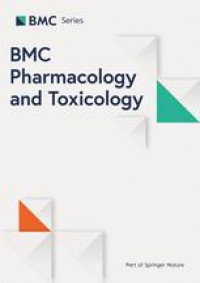 BMC pharmacology & toxicology
BMC pharmacology & toxicology
- Publisher (Publication)
-
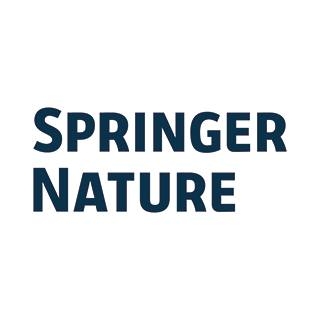 Springer Nature
Springer Nature
- ISSN
- 2050-6511
- Country (Publication)
-
 United kingdom
United kingdom
- Country type
- عالمية
- College (Publication)
-
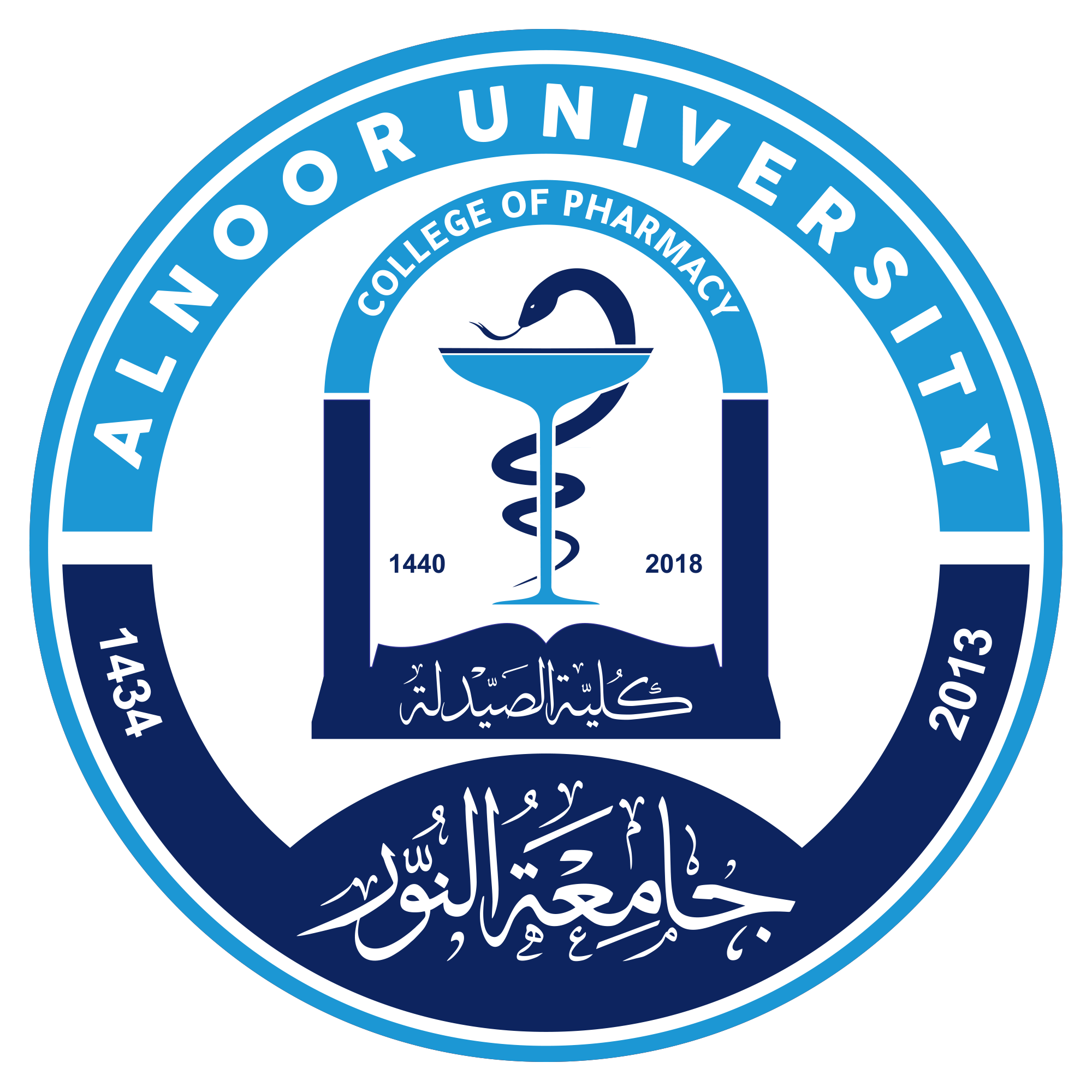 College of Pharmacy
College of Pharmacy
- Departement (Publication)
-
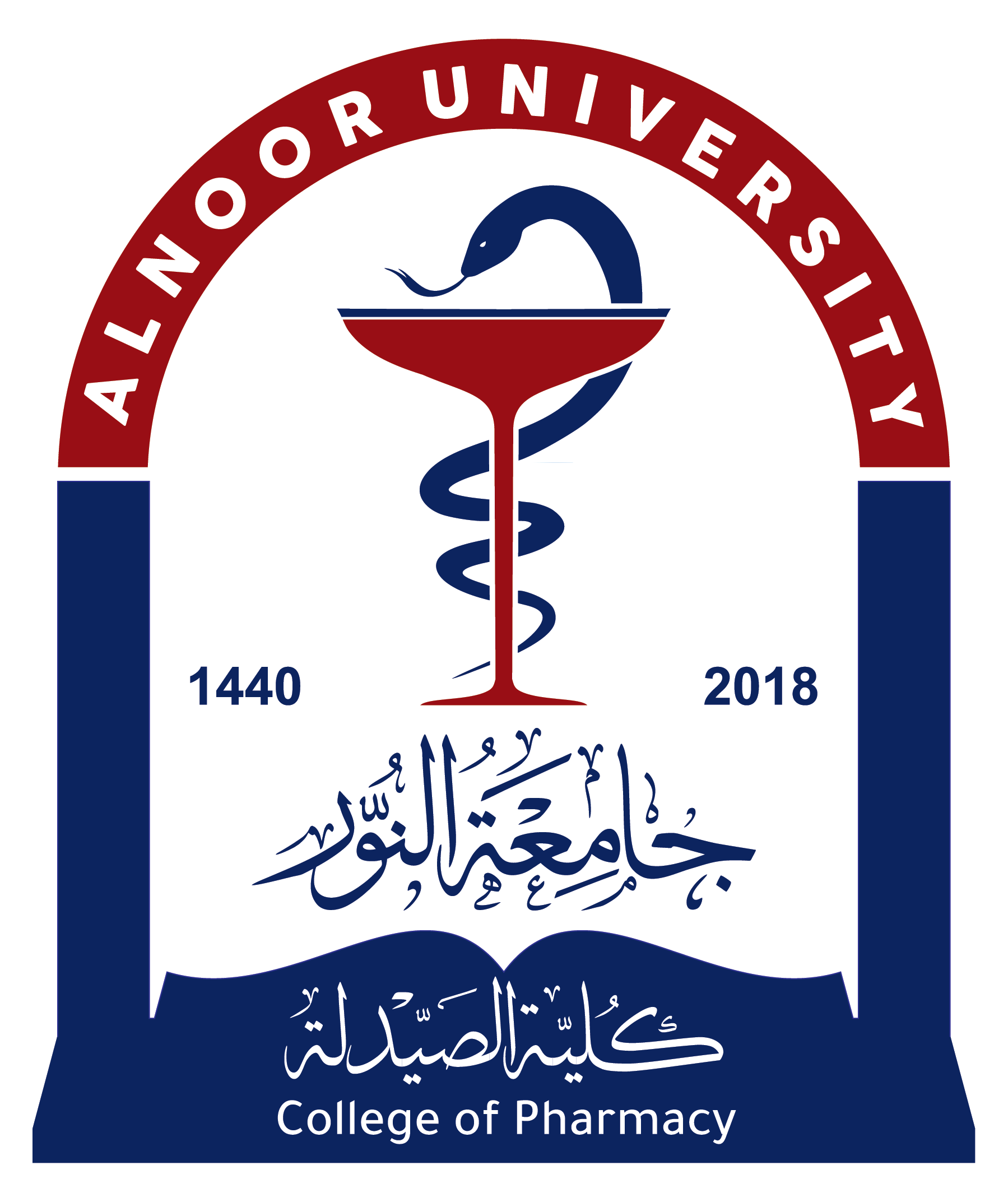 Department of Pharmacy
Department of Pharmacy
- Media
-
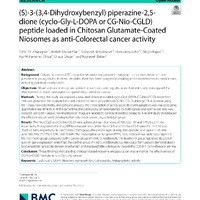 Academic paper
Academic paper

